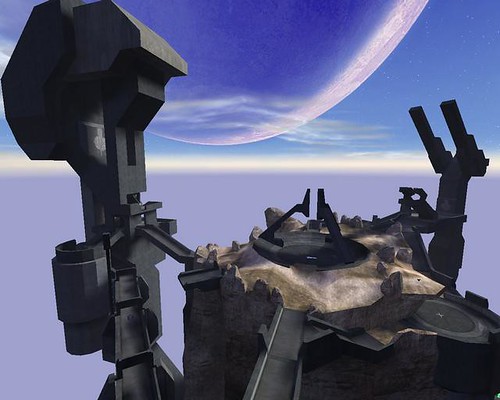[Originally posted on www.tiltfactor.org]
The word "design" comes from the German "da", meaning there, and "sein", which means being. So design is simply the way of "there-being" that all humans have.
We see it more as an activity now, the steps that one can take toward improving or strengthening the human condition.
Game designers go a step further.

We are people who construct situations which remodel the human way of "there-being" around new goal structures. We evoke the human sense of being within fictional, simulated environments. We let people fly, swim and build on scales that reality does not permit.
Yet these experiences fail if they do not remain loyal to the basic human sense of being that each player brings to a designed world. Game designers get to build the "there" so as to evoke being, and the "there" we build can be sculpted in ways that evoke certain aspects of the human mind or influence a subtle shift in the human way of being.
External circumstances have a direct influence on human conceptions of the self. Thus many basic aspects of humanity (murder, violence, destruction....) become enhanced and rewarded when the goals within a system are mainly combative or competitive. The goal structures that comprise games can be tailored to attract escapism, hallucination, and gamer compulsion for the sake of corporate profit. These experiences can evoke lower aspects of human "being" while repressing higher functions like creativity, community or thoughtfulness. Many games evoke both.
But at Tilt we choose goals that foster education and inspiration.
Sounds simple but it's pretty hard. It actually might be impossible to build a "there" without it's own bias, it's own tailored agenda that leaves out certain aspects of human "being".
Is it okay to design only for the aspects of human "there-being" with which we agree?
Or does doing so just lead to repression?


1 comment:
hey brendan, i'm gonna actually read ur blogs now. :p I'm excited for summer!... one more class to go. Come home soon!
Post a Comment